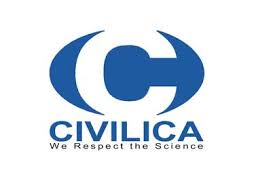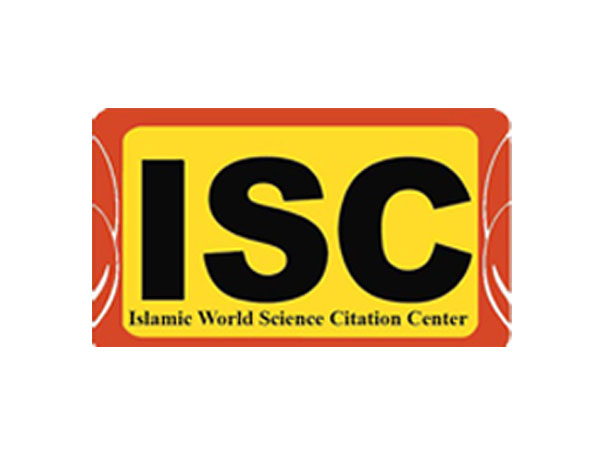About the journal
Recent Articles
-
Open Access Article
1 - Designing and validating the curriculum model for gifted students in the second grade of elementary schools
masomeh ghadamyari ، Kourosh Fathi Vajargah * ، kambiz phoshaneh ، Ali Akbar Khosravi Babadi ، alireza araghieehIssue 83 , Vol. 21 , Winter 2025 -
Open Access Article
2 - Teachers' Narratives of Ecojustice Education in the Age of Crisis
Arash Mehraban ، Abdullah Azizi ، جمال سلیمی *Issue 83 , Vol. 21 , Winter 2025 -
Open Access Article
3 - Designing and validating the policy model of multicultural education in the general education system in Iran
Jafar Moharami ، javad keyhan * ، Maram sameriIssue 83 , Vol. 21 , Winter 2025 -
Open Access Article
4 - Pathology of Iranian schools on Afghan students based on their lived experiences (Case study: non-governmental schools in Shahrood city)
MOBINA GHORABA ، Alireza Sadeghi * ، gholamreza yadegarzadeh ، Mostafa GhaderiIssue 83 , Vol. 21 , Winter 2025 -
Open Access Article
5 - Validation of the Implementation Requirements of Indigenous Lesson Study in the Iranian Education System
Omolbanin Ahmadihaji * ، marjan kian ، Seyedeh Homa aghiliIssue 83 , Vol. 21 , Winter 2025 -
Open Access Article
6 - Phenomenological analysis of teachers' perception and lived experience a bout the presence of educational leaders in the classroom
محمد حسین زارعی *Issue 83 , Vol. 21 , Winter 2025 -
Open Access Article
7 - Identifying the characteristics of creativity-friendly evaluation: a meta- synthesis
seyed abbas razavi * ، seyedehoda mostatabi ، ALI BeiramipurIssue 83 , Vol. 21 , Winter 2025 -
Open Access Article
8 - Why educational failure in mathematics from the perspective of students: A qualitative study
saideh sharif ، Arezu Ghafoori ، Keyvan Salehi *Issue 83 , Vol. 21 , Winter 2025 -
Open Access Article
9 - Entrepreneur-oriented curriculum (Systematic review of domestic studies in the last three decades)
mohamadreza tangali ، fateme taherpour * ، Hossein Shokouhi FardIssue 83 , Vol. 21 , Winter 2025 -
Open Access Article
10 - The Role of Online Cooperative Learning Environment Based on Peer Group Method in Students' Achievement to the Levels of Learning domains in Science Lesson
Fatemeh Khalvandi ، Fakhralsadat Nasiri Valik Bani ، Narges Askari *Issue 83 , Vol. 21 , Winter 2025
Most Viewed Articles
-
Open Access Article
1 - The effect of gamification of classroom activities on the quality of learning of 10th-grade students in the chemistry curriculum
Elnaz Rashtizadeh * ، Rahmat Allah Khosravi ، Samira HosseinianIssue 1 , Vol. 21 , Spring 2024 -
Open Access Article
2 - Concept Analysis of Digital Competency in General Education
Hassan Hazarkhani * ، Fatemeh zahra Ahmadi ، Minoo AyatollahiIssue 3 , Vol. 20 , Autumn 2023 -
Open Access Article
3 - An Analysis of Level Proportion between Science Teaching Method of Primary School’s Teachers from Perspective of Attention to Pedagogical Content Knowledge (PCK): A Critical Inquiry Approach
Noushin Gashmardi ، seyyed mohammad seyyedkalan *Issue 4 , Vol. 20 , Winter 2024 -
Open Access Article
4 - Synthesis of Multicultural Education Studies in Iran
Somayeh Saebi ، alireza assareh * ، Narges Keshtiaray ، Alireza SadeghiIssue 2 , Vol. 20 , Summer 2024 -
Open Access Article
5 - Analysis and explanation of higher education curriculum patterns in Iran
mohammad javadipour * ، Somaye Rahimi ، Maryam Bani Amarian ، Hasti FarrokhpourIssue 3 , Vol. 20 , Autumn 2023 -
Open Access Article
6 - Designing and validating a mathematics education model based on multiple solutions to develop the creative thinking of high school students
masomeh moasenzadeh ، Nematollah Mousapour * ، sadegh nasri ، maryam safarnavadehIssue 2 , Vol. 20 , Summer 2024 -
Open Access Article
7 - Discovering the dimensions of teaching the subject of subatomic particles in the tenth grade chemistry course, based on the PCK theory, with the Delphi method
Mahshid Torkaman asadi * ، Mostafa Ghaderi ، mahbobeh khosravi ، Bahram Saleh Sedkgpour ، Alireza Karami GazafiIssue 2 , Vol. 20 , Summer 2024 -
Open Access Article
8 - Developing and Validating an Instructional Design Model Based on the Principles of Flipped Learning
Faranak Esmaelian ، Zahra zare *Issue 74 , Vol. 19 , Autumn 2023 -
Open Access Article
9 - Investigating the Persian textbooks of the secondary education with emphasis on caring thinking
jaber eftekhari ، RezaAli Nowrozi * ، Hojjat EftekhariIssue 74 , Vol. 19 , Autumn 2023 -
Open Access Article
10 - Identification, validation and model of factors affecting learning agility in e-learning in the education system
mastane salimi ، zahra taleb * ، esmat masoudi nadoshanIssue 2 , Vol. 20 , Summer 2024







